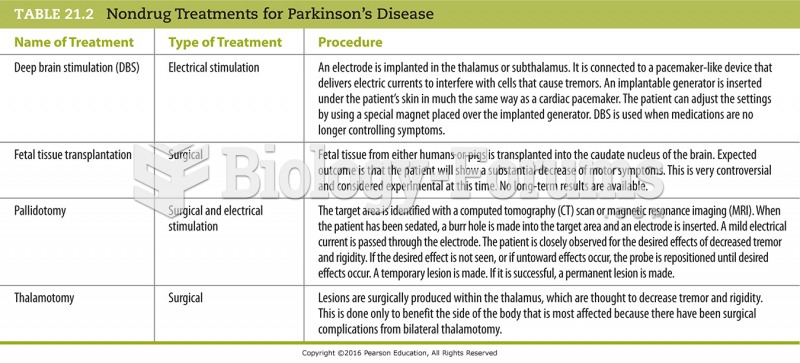|
|
|
Hyperthyroidism leads to an increased rate of metabolism and affects about 1% of women but only 0.1% of men. For most people, this increased metabolic rate causes the thyroid gland to become enlarged (known as a goiter).
There are 60,000 miles of blood vessels in every adult human.
Children with strabismus (crossed eyes) can be treated. They are not able to outgrow this condition on their own, but with help, it can be more easily corrected at a younger age. It is important for infants to have eye examinations as early as possible in their development and then another at age 2 years.
Nearly 31 million adults in America have a total cholesterol level that is more than 240 mg per dL.
Human kidneys will clean about 1 million gallons of blood in an average lifetime.







